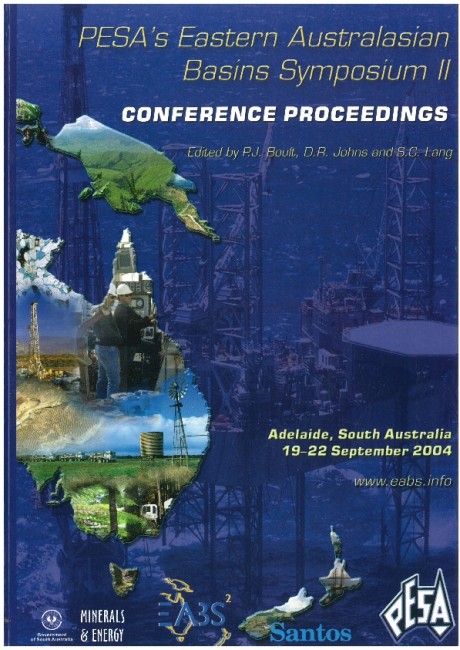Publication Name: PESA's Eastern Australasian Basin Symposium II
Authors: J.K. McDonald
Date Published: December 2004
Number of Pages: 18
Reference Type: Book Section
Abstract:
The characteristics of the Eastern Australian gas market are markedly different to those of Western Australia. Whilst both markets have been subjected to the same forces of upheaval over the past decade, the outcome are somewhat different.In the East, privatization, re-capitalisation, interconnection, expansion, de-regulation, re-regulation and
disaggregation have resulted in an emerging competitive market for gas.
Renewed effort in exploration and production has led to new gas supply and new players in gas supply including Coal Bed Methane, but the supply/demand balance is thought by some to be tightening.
The application of regulated tariffs, rising wellhead prices, shortening contract life and the emergence of a spot market combine to alter the users' view of gas transportation.
In the West, the same influences and changes have produced quite different outcomes, with users facing a dilemma with the pipeline system.
What of the next decade? Eastern Australia production will enter inevitable decline: Will we rely upon coal bed methane?
A major new gas supply is anticipated, but will need long term contracts to underwrite the means of production and delivery.
Additional investment is needed to provide further competitive interconnection, and to expand the reach of gas.
In the West, substantial opportunities exist for natural gas in the domestic market but the means of delivery must be expanded. The Epic saga continues and expansion of the Goldfields Pipeline is at risk.
There have been unanticipated outcomes from the application of regulation to gas transportation: The model is flawed and requires being re-visited. The Productivity Commission report into the impact of the Code suggests there are serious questions to be asked before we embark upon the next round of regulation.
Vertical integration has re-emerged as a business model and Governments are also emerging as investors: Has disaggregation of the industry failed?


